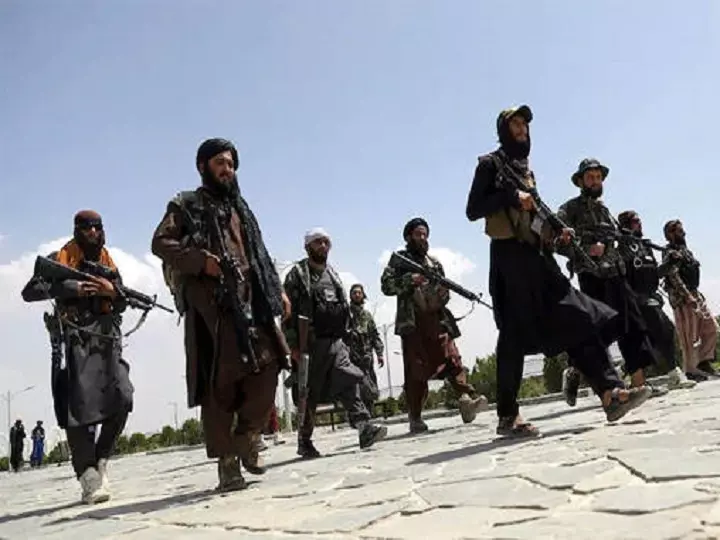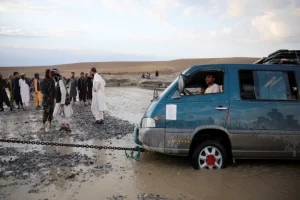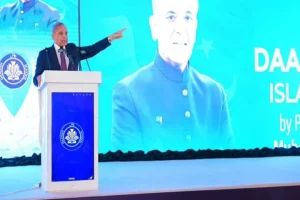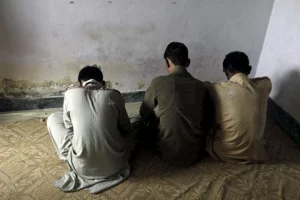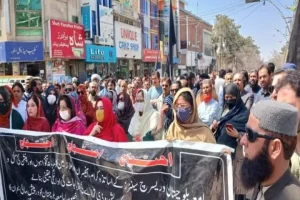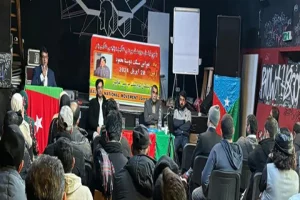Human rights activist, Dr Amjad Ayub Mirza says that despite Pakistan’s repeated threats, it just cannot afford to attack Afghanistan for many reasons.
Mirza, who hails from Mirpur in Pakistan-occupied Kashmir (PoK), and is an authority on Pakistani politics says: “Pakistan ministers are complaining but I don’t think they can afford a war with Afghanistan”.
Mirza says: “For a war they will have to move troops into Khyber Pakhtunkhwa where the Tehreek-e-Taliban Pakistan (TTP) will attack them. Even before Pakistani forces launch an attack on Afghanistan, they have to tackle the TTP which is not going to be easy. The Taliban is battle-hardened and spread all over Khyber Pakhtunkhwa. They can reach Peshawar quickly so I don’t think Pakistan will risk attacking Afghanistan”. Pakistan will have to get its forces from Gujaranwala and Bahawalpur.
He adds that attacking inside Afghanistan will be a difficult decision for Pakistan also because “terror organisations like Lashkar, Hizbul and Jaish were shifted with the consent of the Pakistani ISI and Pakistani army to Afghanistan so that Islamabad could claim that there are no terror groups operating from Pakistan. It was done to get out of the FATF list and avoid financial sanctions”.
Hinting at the close relations between the terror groups in Afghanistan with Islamabad, he adds how closely the Pakistani army and the terrorists are linked. “There are two routes through which terrorists come into Pakistan for operations sponsored by the Pakistani military. One of the routes is through southern Afghanistan through Balochistan, where the Quetta Corps Commander Gen. Asif Ghafoor receives them and then hands them to the X Corps Commander in Rawalpindi”.
He says that the second route is through Khyber Pakhtunkhwa where the XI Corps Commander receives them and passes them on to the X Corps Commander in Rawalpindi. “The Rawalpindi Corps Commander has a list given by the ISI which gives him details of the terrorists – the number of suicide bombers, infiltrators and drug peddlers. These people are then handed over to different groups fighting in India”.
Pakistan finds itself tied down with a depleted economy not conducive for a conflict. On the other hand it is already in a full-scale operation with the Baloch insurgents who have shot down two of its military helicopters. Though it has a peaceful eastern border with India, it still has to commit its forces in PoK.
This is the second time this year that Islamabad has threatened Taliban-run Afghanistan with an attack. On Thursday, Pakistan Defence Minister Khwaja Asif had told the Voice of America that Pakistan will attack Taliban hideouts inside the Afghan border.
Pakistan’s Deputy Minister for Foreign Affairs, Hina Rabbani Khar, speaking at the summit of Neighbouring Countries of Afghanistan in Samarkand, Uzbekistan, however, took a cautionary stand and said: “We also believe that more needs to be done to eradicate the foothold of terrorist organisations from Afghanistan, without distinction and in a concerted and uniform manner”, said Khar.
The two nations had a spat earlier in January after Pakistani Interior Minister Rana Sanaullah had said the country will strike at Taliban hideouts in Afghanistan. The Afghan Ministry of National Defense had at that time said that such threats by Pakistan damage the “good relations between the two neighboring and brotherly countries”, adding that evidence showed the presence of TTP inside Pakistan.
The two Islamic nations have been trying to pass the buck over nurturing terror as the economies of both nations lie in doldrums. Even as the Islamic Emirate of Afghanistan remains a pariah for the global community, the Islamic Republic of Pakistan is finding it hard to gain loans to save itself from an economic collapse.
Also read: Pakistan delegation in Kabul to mend fences over TTP and border flare-ups






